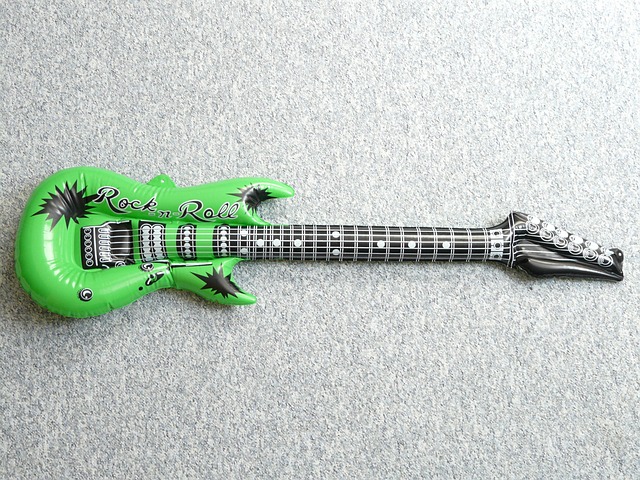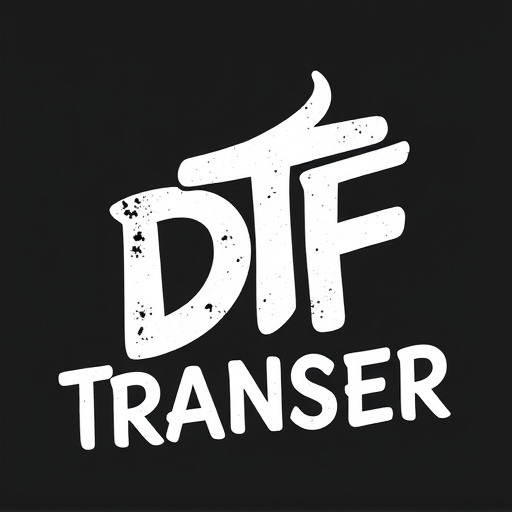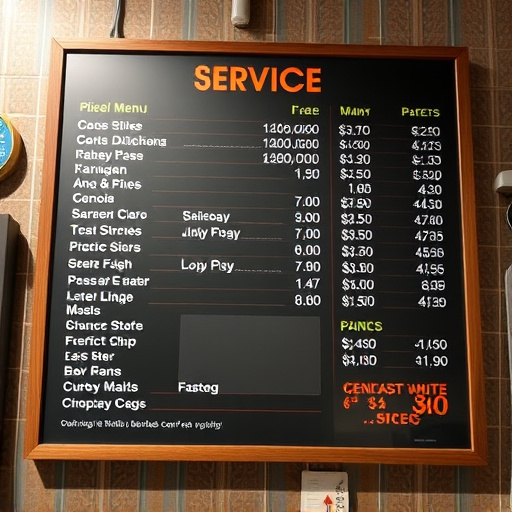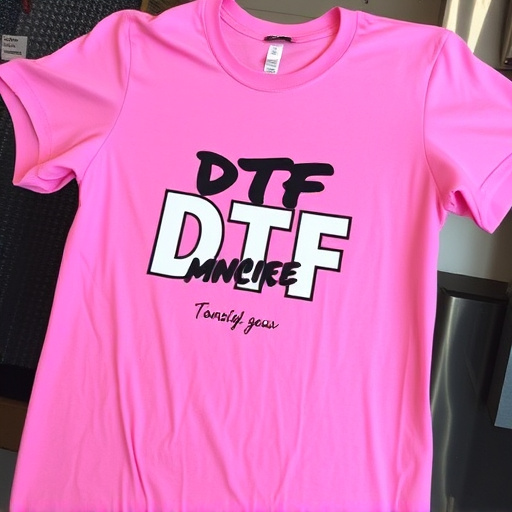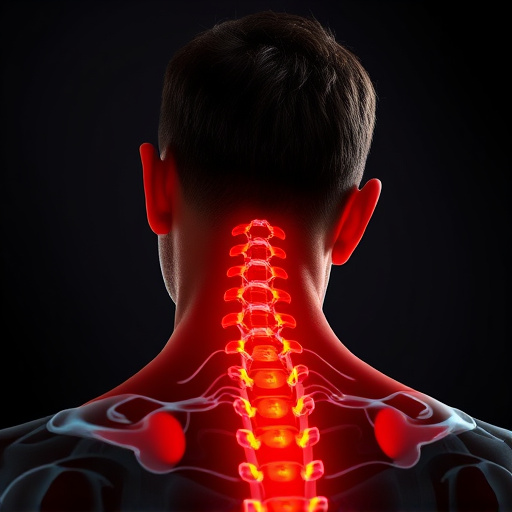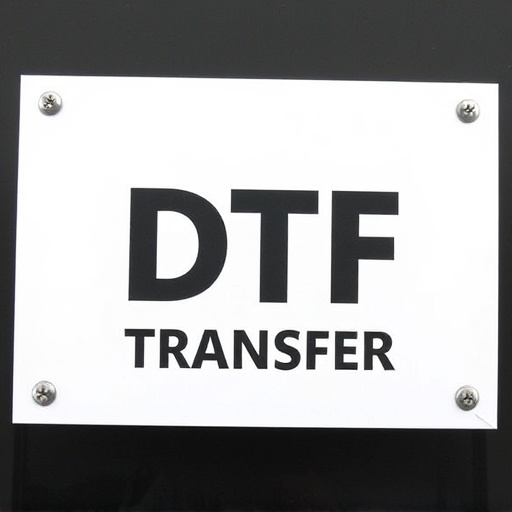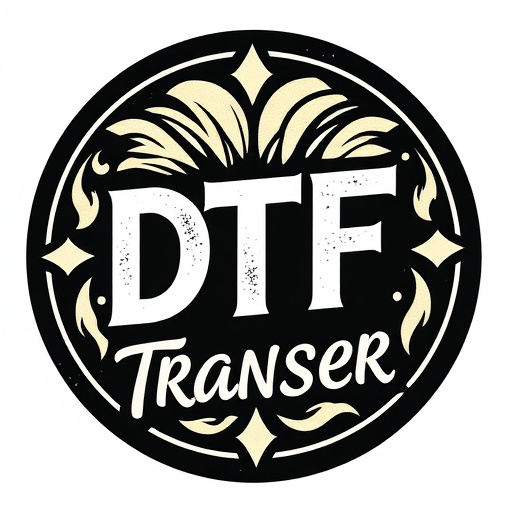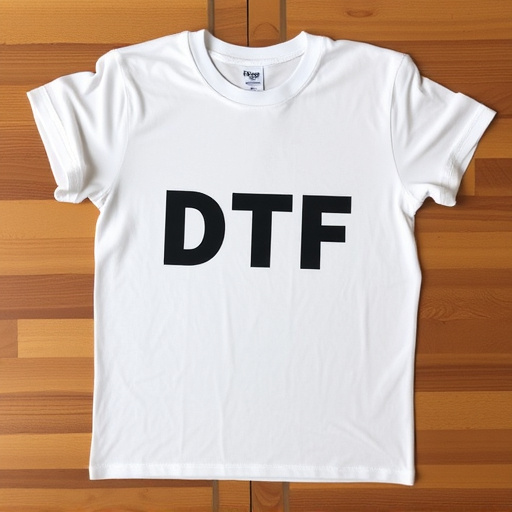Heavy-duty direct-to-film (DTF) transfers are revolutionizing manufacturing by enabling intricate designs on film, suitable for diverse needs. This technology offers efficient, cost-effective custom patterns, logos, and graphics with high resolution and vibrant colors. DTF is advantageous in competitive markets demanding quick turnaround times. The process involves choosing durable materials like vinyl or polycarbonate based on use and environmental conditions, followed by design conceptualization, printing, bonding to substrates, and heat treatment. For longevity, select films with superior adhesive properties resistant to abrasion, tearing, and UV degradation. DTF transfers enhance product quality and efficiency in sectors like automotive and aerospace, as evidenced by a manufacturer's successful implementation for industrial equipment control panels.
“Discover the power of Heavy-Duty Direct-to-Film (DTF) transfers in manufacturing environments. This article explores the transformative potential of DTF technology, offering a robust solution for creating durable and high-quality prints on various materials. From understanding the fundamentals to choosing the right films and mastering the transfer process, we’ll guide you through each step. Learn about the benefits, real-world applications, and success stories, showcasing how DTF transfers enhance productivity and product longevity.”
- Understanding Heavy-Duty Direct-to-Film Transfers
- Benefits of DTF Transfer in Manufacturing
- Choosing the Right Material for Your Application
- The Process: From Design to Final Product
- Considerations for Longevity and Durability
- Real-World Applications and Success Stories
Understanding Heavy-Duty Direct-to-Film Transfers
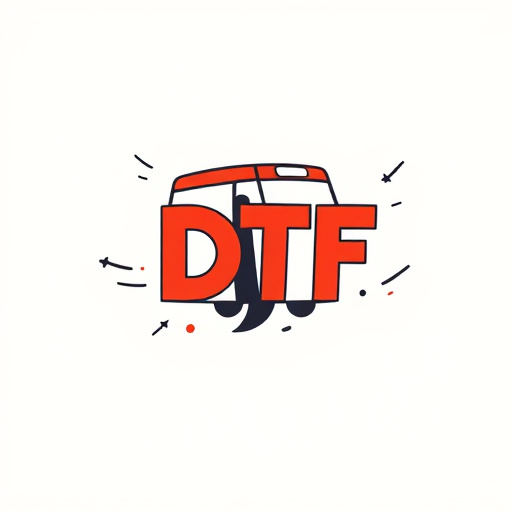
Heavy-duty direct-to-film (DTF) transfers are a cutting-edge technology revolutionizing manufacturing processes. This innovative method involves applying intricate designs and patterns directly onto film, which can then be used for various industrial applications. The process is designed to withstand harsh conditions, making it ideal for demanding environments where durability and precision are paramount.
DTF Transfer offers an efficient and cost-effective solution for creating custom patterns, logos, or graphics on a wide range of surfaces. By utilizing advanced printing techniques, manufacturers can achieve high-resolution details and vibrant colors, ensuring their products stand out. This technology is particularly valuable in industries where customization and quick turnaround times are essential, allowing businesses to stay ahead in today’s competitive market.
Benefits of DTF Transfer in Manufacturing

Direct-to-film (DTF) transfers offer significant advantages in manufacturing environments, revolutionizing the way companies produce and manage their materials. One of the key benefits is its efficiency; DTF allows for precise, high-quality printing directly onto various substrates, streamlining production processes and reducing waste. This method enables manufacturers to create intricate designs and patterns with exceptional accuracy, ensuring product consistency.
Additionally, DTF transfers provide a cost-effective solution for bulk production. It eliminates the need for complicated set-up processes and specialized equipment, making it accessible and efficient for large-scale manufacturing. The versatility of this technology is another advantage; it can be applied to diverse materials, from plastics and metals to textiles and ceramics, expanding the possibilities for product customization and design innovation in manufacturing.
Choosing the Right Material for Your Application
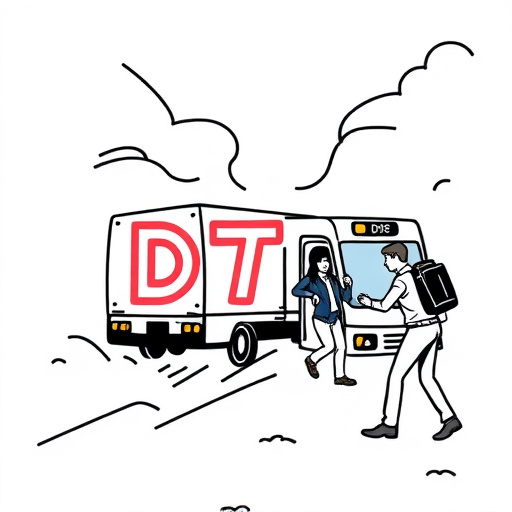
Selecting the appropriate material is a critical step in implementing successful heavy-duty direct-to-film (DTF) transfers for manufacturing applications. The right choice depends on various factors, including the intended use, environmental conditions, and durability requirements. For instance, if the transfer is for industrial machinery controls or panels, a robust, weather-resistant vinyl with high-resolution print quality might be ideal. On the other hand, for temporary marking or labeling in a harsh environment, a durable yet flexible material like polycarbonate could be more suitable.
When considering DTF transfers, manufacturers should evaluate their specific needs. Key considerations include the need for resistance to chemicals, fading, or wear and tear. Additionally, the print quality demanded by the application—from sharp text to intricate graphics—should guide material selection. Ensuring compatibility with the manufacturing process and surface preparation methods is also essential to achieving long-lasting, high-quality results.
The Process: From Design to Final Product

The process of creating heavy-duty direct-to-film (DTF) transfers for manufacturing environments involves several meticulous steps, ensuring precision and durability from design to final product. It begins with the conceptualization phase where designers translate client requirements into digital art, utilizing specialized software to create high-resolution visuals. These designs are then prepared for printing by adjusting color profiles, resolving image details, and ensuring compatibility with the chosen film material.
Once ready, the DTF transfer process kicks into gear. The design is precisely printed onto a flexible, high-quality film using advanced inkjet printers. This film is then carefully aligned and bonded to the target substrate, which could be various materials like metal, plastic, or wood, depending on the manufacturing needs. Following application, the film undergoes heat treatment, causing the inks to bond permanently with the substrate, resulting in a precise, long-lasting transfer that withstands the rigors of industrial use.
Considerations for Longevity and Durability

When implementing heavy-duty direct-to-film (DTF) transfers for manufacturing environments, longevity and durability should be at the forefront of your considerations. The robustness of the materials used is paramount to ensure that the transfers withstand the demanding conditions prevalent in industrial settings. Look for films with superior adhesive properties that can bond reliably to a variety of surfaces, even under extreme temperatures or when exposed to corrosive chemicals.
Additionally, the design should factor in resistance to abrasion and tearing, as well as protection against UV rays, which can degrade materials over time. High-quality DTF transfers often incorporate these features, ensuring they retain their integrity and functionality for extended periods. Regular maintenance and cleaning protocols specific to the manufacturing process will also contribute to prolonging the life of these transfers, maximizing their return on investment.
Real-World Applications and Success Stories

Direct-to-film (DTF) transfers have found their way into a variety of manufacturing environments, revolutionizing how companies produce and handle specialized materials. From automotive parts to aerospace components, DTF technology offers unparalleled precision and durability. For instance, in the automotive sector, DTF transfers are used to create intricate patterns on car interiors, enhancing aesthetics and functionality. Similarly, in aerospace, these transfers contribute to lighter, more efficient aircraft structures by enabling precise application of composite materials.
Success stories abound, with many industries witnessing significant improvements in product quality and production efficiency. One prominent example involves a leading manufacturer of industrial equipment, which adopted DTF transfers for printing complex control panels. This shift resulted in faster production times, improved visual consistency, and enhanced resistance to environmental factors. Such real-world applications highlight the versatility and reliability of DTF technology, solidifying its role as a game-changer in modern manufacturing.


